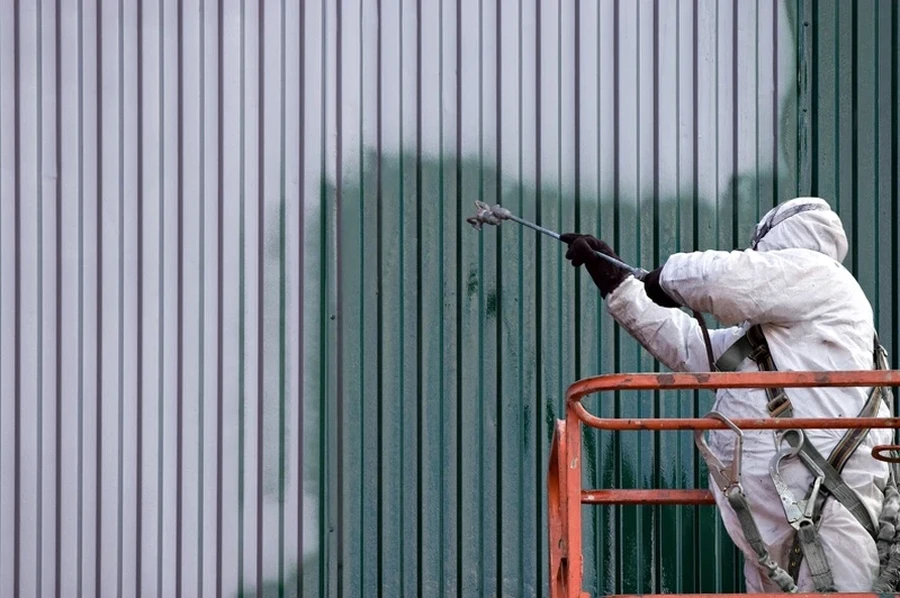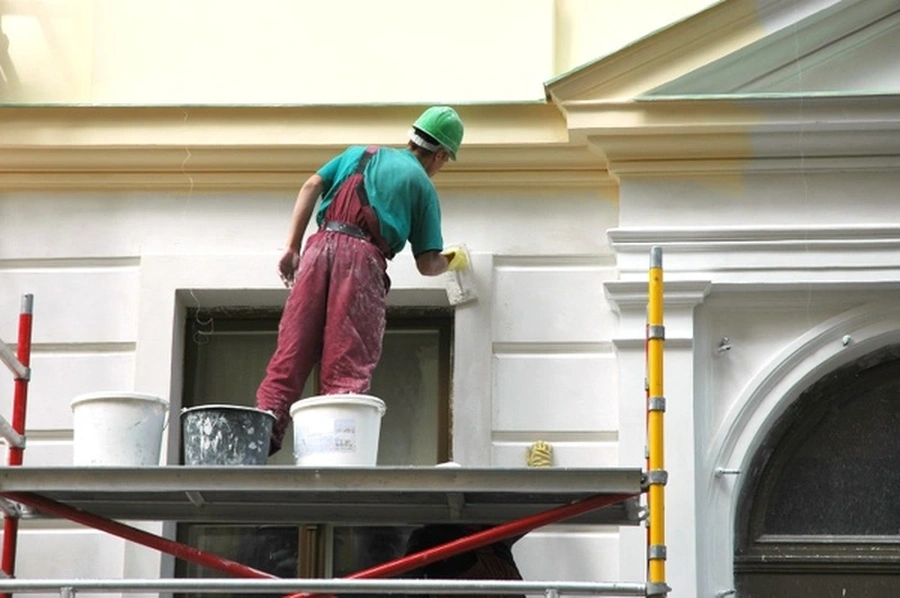The Impact of Moisture on Painting Tasks
Humidity is a key factor that can affect the success of exterior painting projects. Understanding how moisture in the air influences paint application and drying is crucial for achieving a long-lasting finish. High humidity levels can lead to problems such as poor adhesion, extended drying times, and uneven finishes. As a result, it’s important to plan painting activities around optimal weather conditions to ensure the best results.
The Role of Humidity in Paint Drying
Humidity directly impacts how fast or slow paint dries. When there’s excess moisture in the air, the water in the paint takes longer to evaporate. This delay can cause the paint to remain tacky for an extended period, increasing the risk of smudges and imperfections. For homeowners using professional services like exterior painting services, understanding this can help schedule projects at times when weather conditions are favorable.
Common Issues Caused by High Humidity
High humidity can cause several issues with exterior painting. These include:
- Mildew growth due to prolonged dampness
- Poor paint adhesion, leading to peeling or bubbling
- Blotchy finishes caused by uneven drying
Using expert advice from providers of exterior painting services can mitigate these issues by selecting appropriate paints and techniques.
Preventing Humidity-Related Problems
There are several methods to prevent humidity-related problems during painting. First, you should monitor weather forecasts to choose days with lower humidity levels for painting. Second, consider using paints specifically designed for high-moisture environments. Lastly, always follow manufacturer guidelines on temperature and humidity conditions for application.
Best Practices for Painting in Humid Conditions
When painting in humid conditions, it’s essential to adopt certain best practices:
- Start painting early in the day when temperatures are cooler.
- Avoid painting if rain is expected within 24 hours.
- Use fans or dehumidifiers to reduce moisture in the surrounding area.
Following these steps ensures that your paint job withstands the test of time, even in challenging environmental conditions.
Selecting the Right Paint Products
Choosing the right paint products is vital for successful exterior projects under varying humidity levels. Opt for water-resistant or mildew-resistant paints known for their durability. These options provide added protection against moisture penetration and increase the longevity of the paintwork. Consulting with suppliers can provide insights into which products best suit your regional climate needs.
Understanding Environmental Regulations
Environmental regulations may dictate what types of paints you can use outdoors, especially concerning Volatile Organic Compounds (VOCs). Lower-VOC paints are generally recommended as they are less harmful to the environment and human health. It’s important to comply with local regulations to avoid penalties and contribute positively to environmental conservation.
Cost Implications and Value Considerations
The cost of an exterior paint project can be influenced by factors such as the quality of materials and labor involved. While high-quality paints might seem more expensive initially, they offer better coverage and last longer, reducing maintenance costs over time. Investing wisely in superior products enhances both aesthetic appeal and property value.
Conclusion: Achieving Successful Paint Outcomes
For anyone planning an exterior painting project, considering humidity’s impact is crucial. By choosing suitable materials and timing painting efforts carefully, you can achieve excellent results that stand up well over time. Located in Vero Beach, FL, we pride ourselves on offering reliable advice and solutions tailored to your specific needs. Call us at (772) 766-1033 to discover how Oceanside Quality Painting LLC can support your next painting endeavor with expertise and dedication.

